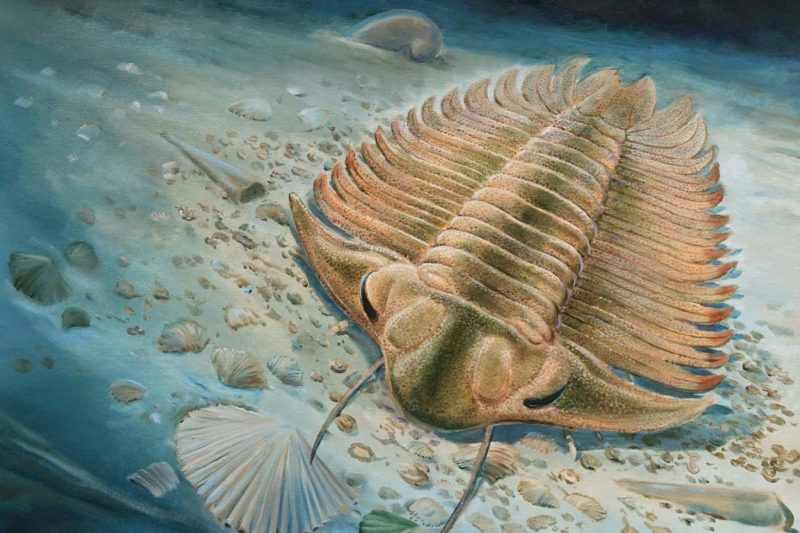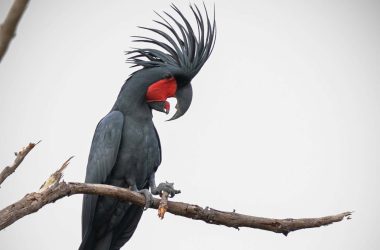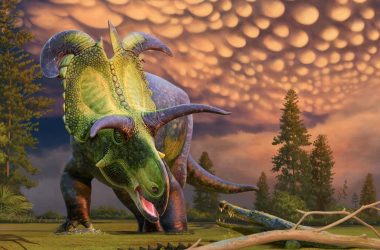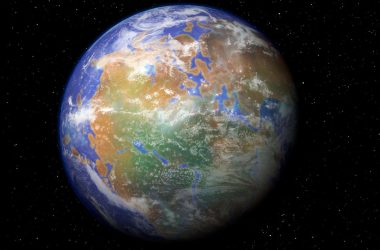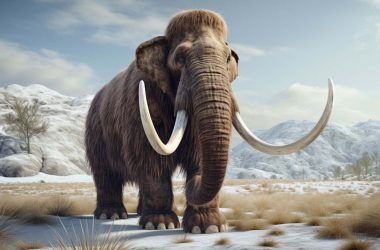
Introduction
For the first time, researchers have discovered a trilobite fossil with preserved gut contents. The analysis of this specimen, belonging to the species Bohemolichas incola, reveals interesting insights about the eating habits of these ancient arthropods.
Ancient Appetite
Trilobites, arthropods that lived in the sea from the Early Cambrian to the end of the Permian Period, were known for scuttling through the ancient waters. While numerous trilobite fossils have been found over the years, this particular specimen is unique because its gut contents are remarkably preserved.
Different from the Rest
According to Per Ahlberg, a researcher at Uppsala University in Sweden, most fossil trilobites are not complete animals but rather shed carapaces. This means that their internal organs are usually not preserved. However, the trilobite found in the Czech Republic was buried alive in an undersea mudslide, preserving its full gut.
Analyzing the Contents
To understand what the trilobite had consumed, Ahlberg and his team used high-resolution X-rays to create detailed 3D reconstructions of the specimen. By comparing the shell fragments found in the gut with known fossil organisms, they identified a wide variety of marine organisms, including ancient crustaceans, echinoderms, and bivalves.
Eating Preferences
Based on the shell fragments in the trilobite’s gut, it is believed that it had the ability to either crunch through fragile shells or swallow whole animals. The researchers suggested that the trilobite’s meal choices were primarily influenced by the size and strength of its prey’s shells. It appears that the trilobite had a voracious appetite and would overeat, possibly to trigger the moulting process, a strategy observed in some modern arthropods.
Conclusion
This discovery provides valuable insights into the eating habits and behavior of trilobites. By studying a fossil with preserved gut contents, scientists can gain a better understanding of the ancient marine ecosystem and the role trilobites played in it.




